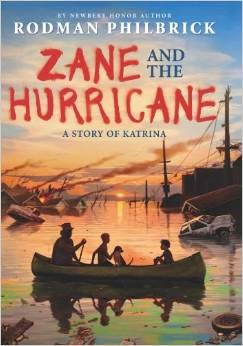Choose Literature That Is Specific to a Particular Culture, Time, and Place
The more specific the culture, setting, and characters, the more concrete the details will be. Truth still rests in the telling, but vague language should be reduced. For example, in Native American literature Joseph Bruchac writes “Seek out books that depict characters from a well-defined individual native nation—as opposed to generic Indians.” Cynthia Leitich Smith offers a good selection of such books, both historical and con- temporary, on her web site. There are not boatloads of such books, but there are a number that will appeal to most students.
 |
| First of a Trilogy in the same era as the Little House books |
Diversity Within Diversity
As with almost all cultures, there will be a diversity of people groups within the culture. A Northeastern North American tribe such as Joseph Bruchac’s Abenaki people differ greatly from a Southwest tribe such as the Hopi or Navajo. Similarly, Plains tribes such as the Lakota or Northwest Coast tribes such as the Tlingit are markedly different. So when doing a unit study on Native Americans, try to offer books from a variety of tribes.
Diversity in Settings & Experience
Diversity in Settings & Experience
Floyd Cooper writes,
“African-American experiences are diverse and unique. The black experiences of the South do not necessarily reflect those of the North, nor do inner-city situations parallel rural settings. Make sure your classroom library reflects this diversity, as well as that of blacks living in places such as the Caribbean, Africa, and Great Britain.”
Zane and the Hurricane by Rodman Philbrick, Blue Sky Press, 2014, is a stellar example of this type of book. Zane's black father died years ago, and he lives with his white mom in Massachusetts. When he goes to New Orleans to meet his father’s grandmother for the first time, he doesn't know what to expect, but it certainly isn't hurricane Katrina. In the aftermath, he encounters a foreign world composed of New Orleans culture, prejudice, and life-threatening elements more ominous than a hurricane and broken levees. Philbrick unites themes of family, friendship, and disparate cultures in a way that is nothing short of jazz harmony.
Flying the Dragon by Natalie Diaz Lorenzi is a contemporary story, but an excellent example of showing diversity in experience. Told alternately from the point of view of American-born Skye, a half Japanese, half Caucasian, and her Japanese-born cousin Hiroshi, the clash of cultures and eventual resolution is an eye-opening journey. Adults and children of all ethnic backgrounds will be enriched. Skye eventually embraces her Japanese heritage and learns compassion and empathy for Hiroshi, who navigates the painful transition of an immigrant to life in the United States.
Flying the Dragon by Natalie Diaz Lorenzi is a contemporary story, but an excellent example of showing diversity in experience. Told alternately from the point of view of American-born Skye, a half Japanese, half Caucasian, and her Japanese-born cousin Hiroshi, the clash of cultures and eventual resolution is an eye-opening journey. Adults and children of all ethnic backgrounds will be enriched. Skye eventually embraces her Japanese heritage and learns compassion and empathy for Hiroshi, who navigates the painful transition of an immigrant to life in the United States.
Are there any books you've found helpful in turning stereotypes on their heads and showing diversity within diversity? Please share them! In another post, I'll be looking at how to avoid the "Dances with Wolves Syndrome."
Michele Hathaway is a writer and freelance editor. She has an M. A. in Social Anthropology and has worked in libraries in California, New Mexico, and Pennsylvania. She writes stories set in culturally diverse, historical and contemporary periods.



No comments:
Post a Comment